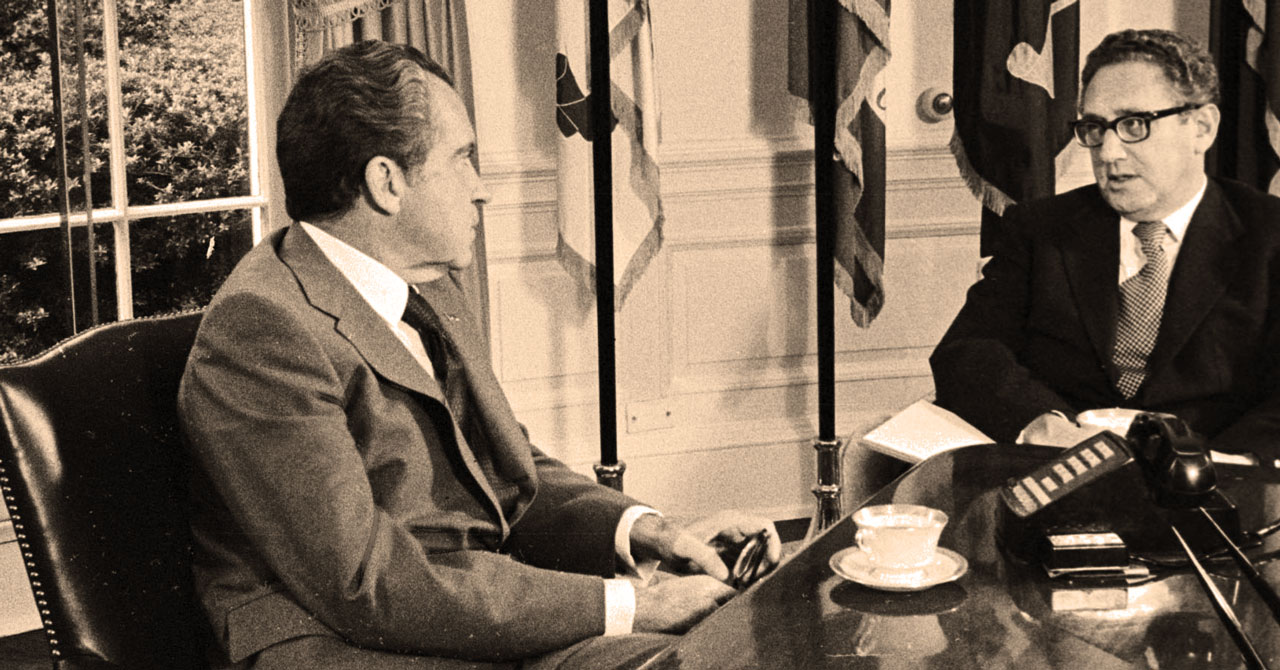The Betrayal of Great Expectations [1919]
Questioning the wisdom of participation in a war that had caused many American deaths combined with stories of Allied greed
and desire for revenge disillusioned many who thought that the war had been fought to “make the world safe for democracy”

In our system of government, Presidents NEGOTIATE TREATIES with other countries (through their Secretary of State normally, although in this case Wilson was directly involved in the Paris negotiations). THEN, they have to bring the Treaty back and have it approved by 2/3 of the US Senate (this is called the “Advice and Consent” power of the Senate.
Another important aspect to this story is the BREAKDOWN of the Senate that Wilson was dealing with. Essentially, you can divide the 96 Senators this way as far as the Treaty was concerned:


The Treaty of Versailles Vote

Wilson's Tour of America 1919
On September 3, 1919, President Woodrow Wilson embarked on a tour across the United States to promote American membership in the League of Nations, an international body that he hoped would help to solve international conflicts and prevent another bloody world war like the one from which the country had just emerged—World War I. The tour took an enormous toll on Wilson’s health.The tour’s intense schedule–8,000 miles in 22 days–cost Wilson his health.

48 (50% of them) were in the INTERNATIONALIST camp – that is, they were supportive of Wilson’s position concerning the Treaty and thought the League of Nations was a good idea.
32 (33% of them) were RESERVATIONISTS – that is, they could support the Treaty but had major reservations about it.
16 (17%) of the Senators were IRRECONCILABLE – that is, they were simply not going to support the Treaty no matter what. Robert LaFollette of Wisconsin, for example, was in this camp. He had opposed our entry into World War I and, in fact, gave a very famous speech (In Defense of Free Speech During Wartime) after he had been attacked for his anti-war vote.
The Treaty of Versailles was never ratified by the Senate. Instead, Congress passed the Knox-Porter Resolution, formally ending the war with Germany in 1921

"The League of Nations failed to take hold in America because the country was not yet ready for so global a role. Nevertheless, Wilson's intellectual victory proved . . . seminal. . . . For, whenever America has faced the task of constructing a new world order, it has returned in one way or another to Woodrow Wilson's precepts. At the end of World War II, it helped build the United Nations on the same principle as those of the League, hoping to found peace on a concord of the victors. When this hope died, America waged the Cold War ... as a moral struggle for democracy. When communism collapsed, the Wilsonian idea that the road to peace lay in collective security ... was adopted by administrations of both major American political parties."
Henry Kissinger, Harvard professor and secretary of state under
Presidents Nixon and Ford, Diplomacy, 1994
The Dawes Plan
In late 1923, with the European powers stalemated over German reparations, the Reparation Commission struck a committee to review the situation. Headed by Chicago banker Charles G. Dawes, the committee presented its proposal in April 1924.
A big part of this story is grounded in the growing disillusion with America’s role in the Great War manifested itself it the rising intolerance towards things “un-American”
Ku Klux Klan reborn and Second Red Scare
The Warmth of Other Suns: The Epic Story of America’s Great Migration
The decades-long migration of black citizens who fled the South for northern and western cities seeking political asylum in their own country—reshaped culture and politics, North and South, and set in motion the current racial challenges and disparities
Rhapsodies in Black: The Cultural Awakening of the Harlem Renaissance
A cultural awakening in Harlem captivated the imagination of writers, artists, intellectuals transcending regional and racial
boundaries to produce an impressive range of literature, music, dance and theater.
Comments (0)
You don't have permission to comment on this page.